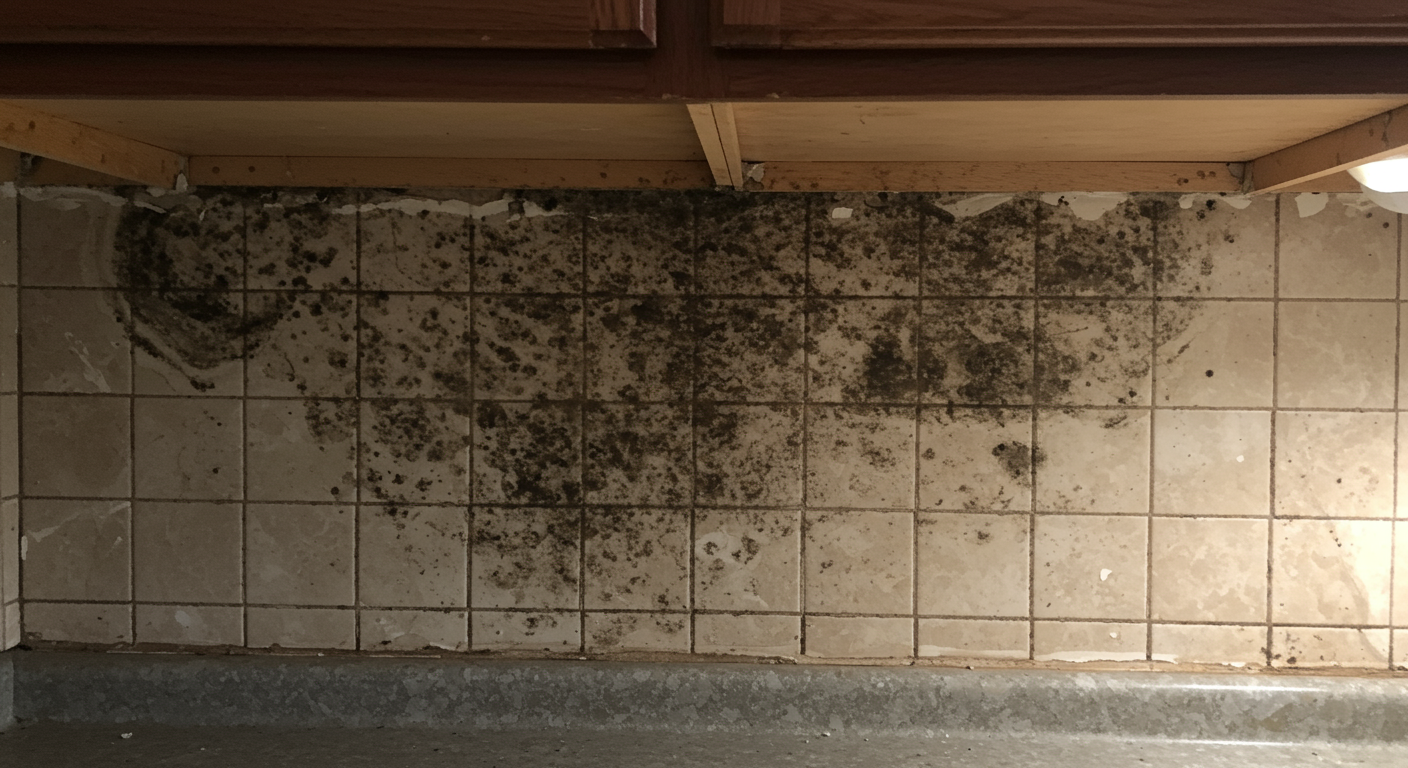
Starting a home project—whether it’s a full kitchen overhaul or a quick bath refresh—should be exciting. You picture clean lines, solid finishes, and a timeline that doesn’t drift. The quickest way from dream to disappointment, though, is a contractor who cuts corners. Your best defense is knowing the common tricks and catching them early. Below are five shortcuts you’ll see in the wild—plus practical ways to spot them before they cost you time, money, and peace of mind.
1. Skipping Permits and Ignoring Building Codes
One of the most serious—and risky—shortcuts is dodging required permits or brushing off building codes. Permits aren’t just bureaucracy; they’re there to ensure the work is safe, structurally sound, and legal. If someone says, “We don’t need permits for this,” that’s not efficiency—it’s a warning.
Why they do it: Permits add time, inspections, and sometimes tweaks to pass code. Skipping them keeps the schedule tight and the scrutiny low—and shifts the risk to you.
How to spot it:
Ask for documentation: Before work starts, ask for copies of permit applications, permit numbers, and inspection sign-offs. A pro provides them without flinching.
Check with local authorities: Most cities let you look up permits by address. Call or search online to confirm the right permits were pulled for your scope (structural, electrical, plumbing, mechanical).
Be wary of extremely low bids: If a quote is far below the pack, it may be because they plan to skip permits or inspections to cut costs.
Observe the process: Inspectors should be scheduled for key milestones. No inspection stickers, tags, or visit notes? That’s a problem.
The fallout can be ugly: safety hazards, failed appraisals, blocked home sales, denied insurance claims, and even forced tear-outs. Hire licensed pros who follow the rules—it’s non‑negotiable.
2. Using Inferior Materials and Substandard Products

Another classic move is swapping specified materials for cheaper substitutes. It can look fine on day one and still fail early, age badly, or cheapen the whole space.
Why they do it: It fattens margins. If they install bargain materials but charge for premium, you won’t notice until things start warping, peeling, or rusting.
How to spot it:
Detailed contracts are key: Your contract should explicitly list all materials, brands, model numbers, and finishes. If a contractor uses cheap materials, it will deviate from this list.
On-site verification: Visit (safely) and match boxes, labels, and SKU numbers to your contract. Keep packaging until you’ve verified the install.
Research product quality: Look up the specified items—typical price range, warranty, and ratings. If what you’re seeing feels flimsy or off, ask why.
Visible signs of poor quality: Hollow-feeling hardware, thin veneers at edges, inconsistent grout lines, wavy boards, chipped edges, or finishes that scratch too easily.
This shortcut often leads to premature failure, higher maintenance costs, and diminished property value. Ensuring your chosen renovation contractor is committed to using specified, high-quality products is essential for a lasting outcome.
3. Rushing the Job and Skipping Critical Steps
Time is money, and some contractors cutting corners will prioritize speed over proper execution. This means rushing through tasks, not allowing adequate drying or curing times, or outright skipping essential preparatory or finishing steps in the construction process. This is a significant fast contractor warning.
Why they do it: A contractor rushes job to move on to the next project, maximize their workload, or meet an unrealistic deadline they may have promised. This leads to an improper installation contractor scenario.
How to spot it:
Unrealistic timelines: Be skeptical if someone promises a complex job in a blink. Quality takes the time it takes.
Visible haste: A chaotic site, constant scrambling, and tools everywhere usually mean mistakes.
Lack of drying/curing time: Paint needs proper recoat windows; thinset needs ~24 hours before grouting; concrete shouldn’t be loaded same-day. If they’re racing ahead, expect failures.
Unfinished details: Ragged edges, thin or missing caulk, uneven paint lines, proud nail heads, loose plates, or doors that rub.
Skipping steps weakens structure, ruins finishes, and shortens lifespan—cue callbacks and costly fixes.
4. Inadequate Sealing, Waterproofing, and Essential Protective Measures

The most important protections are often the ones you never see: proper waterproofing behind tile, sealing around penetrations, correct flashing, grounded electrical, tight plumbing connections. Because they’re hidden, they’re tempting targets for shortcuts.
Why they do it: These tasks are meticulous, time-consuming, and use pricier materials. Cutting them saves time now and leaves you holding the bag later.
How to spot it:
Review plans thoroughly: Ensure the project plans explicitly detail waterproofing and sealing strategies, especially in wet areas like bathrooms (for a bathroom remodel contractor) or basements.
Ask for progress photos: Request photos of critical phases before they are covered up, such as waterproofing membranes being installed.
Look for visible gaps or improper application: Even in accessible areas, check for consistent sealant application around windows, doors, and foundation points. A contractor doesn't seal properly if you see cracks or uneven beads.
Post-completion issues: Water stains, mildew, musty smells, or recurring leaks are clear signs of an improper waterproofing contractor. For electrical or plumbing, flickering lights, tripping breakers, or low water pressure could indicate hidden shortcuts.
Neglecting these foundational elements can lead to extensive and expensive damage down the line, requiring significant remedial work to fix the underlying issues caused by these contractor mistakes.
5. Poor Site Management and Lack of Cleanup

How a crew treats your home day to day says a lot. A tidy, protected site suggests discipline. A debris field suggests the opposite—and that carelessness often creeps into the work itself.
Why they do it: Daily cleanup and protection take time and materials. Skipping them is easy and shortsighted.
How to spot it:
Observe daily practices: Is trash contained? Are walk paths clear? Do they tidy up before leaving? A magnet sweep in the driveway is a nice touch.
Lack of protection: Are floors covered (ram board or drop cloths), dust contained with zipper walls, and returns/registers masked to protect HVAC?
Improper waste disposal: Overflowing piles left for days—or worse, signs of dumping—are serious red flags.
Damaged property: Scratched floors, chipped trim in untouched rooms, dented appliances, paint splatter, or trampled landscaping signal a lack of care.
If they’re sloppy with your space, they’re rarely meticulous with the details you can’t see.
How to Protect Your Investment and Avoid Bad Contractors
Identifying these contractor warning signs is crucial, but prevention is always better than cure. To **avoid bad contractors** and ensure your project is handled by a reputable professional, follow these steps:
Vet Contractors Thoroughly: Confirm license, insurance, and bonding where applicable. Verify with your state or city. Ask who the subs are and how long they’ve worked together.
Check References and Reviews: Request recent, similar projects—and talk to those homeowners. If possible, visit an active job to see site habits.
Detailed Contracts: Spell out scope, specs, brands/models, allowances, exclusions, schedule, milestones, permits, change-order process, and warranty terms. Add photo documentation before cover-up.
Regular Inspections: Do walk-throughs at framing/rough-in, waterproofing, pre-drywall, and finish. Use blue tape for punch lists and take dated photos.
Understand Payment Schedules: Tie draws to completed milestones and passed inspections. Avoid paying in full upfront. Request conditional/unconditional lien releases with each payment.
Trust Your Gut: If answers are vague, pressure is high, or the story keeps changing, step back—or walk away.
Conclusion
Home improvement should feel exciting—not nerve‑racking. Knowing how corners get cut—from permits to materials, pacing, protections, and site care—helps you spot issues early and keep the project on track. With careful vetting, clear contracts, and steady check‑ins, you can avoid headaches and hire a pro who takes pride in the work. Choose thoughtfully, verify diligently, and enjoy the lasting results of a renovation done right.


